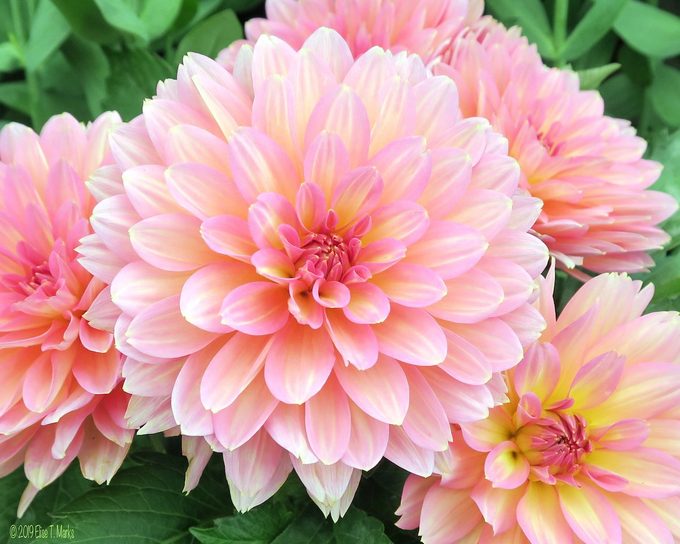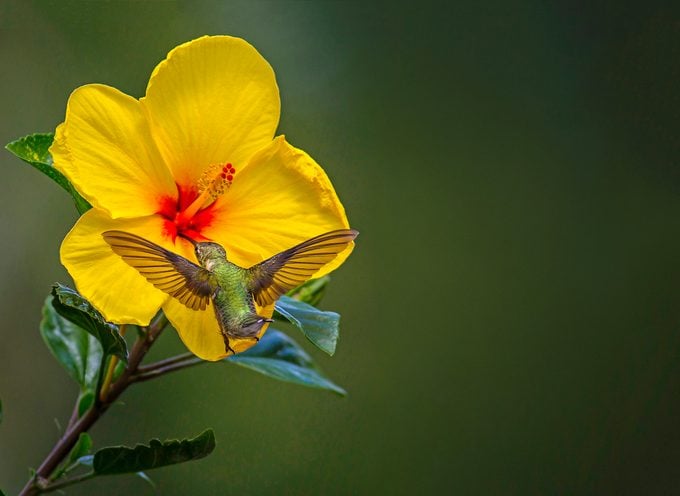How to Overwinter Non-Hardy Bulbs and Tropical Plants
Updated: Nov. 03, 2022
Northern gardeners should follow these proven tips to spare tropical plants and bulbs, including dahlias, gladiolus and begonias, from the chills of winter.

Northern gardeners love growing dahlias, calla lilies and gladioluses as much their neighbors in the South, but the northern climate just isn’t quite right for these plants. Storing non-hardy varieties indoors helps preserve your favorites and save you money.
Cannas, caladiums and tuberous begonias are also among the more common plants that need extra winter care when grown in colder regions. As their foliage begins to yellow or the first fall frost arrives, it is time to dig, cure and store their underground storage structures, which for the sake of simplicity we’ll call bulbs.
Here’s how to overwinter begonias as houseplants.
Overwinter Bulbs and Tubers
Carefully dig up the bulbs, allowing enough space around the plant to avoid damage. Speared, sliced and bruised bulbs do not store well. Prepare the bulbs for storage by curing them in a warm, dry location out of direct sunlight. Allow dahlias to cure for a couple of hours, cannas overnight, and tuberous begonias and calla lilies for several days. Give gladioluses a bit more time, allowing them to cure for several weeks.
Gently brush off excess dirt and trim any dried leaves and stems. Then place them (except for the gladioluses—they should be uncovered) in a box filled with peat moss or sawdust. Label the container with the plant names and colors to make planting easier next season.
Move the box to a dark, frost-free location, such as a spare refrigerator or the coldest corner of your basement where temperatures are 45 to 50 degrees. Gladioluses prefer it a few degrees cooler, while caladiums do best in 65 degrees.
Store bulbs that are firm and blemish-free, remove and throw away the rest. Bulbs that start to decline in storage can ruin the whole lot.
If that sounds like too much work, consider allowing Jack Frost to freeze them. Then when spring comes around, replace the spoiled bulbs with new varieties. Check out 7 sensational sources for flower bulbs.

Bring Tropical Plants Indoors
Bananas, bougainvilleas, mandevillas, hibiscus and other tropicals kept indoors provide flashes of green during a dull winter. If you prefer, skip the dormant storage and grow tuberous begonias, caladiums and calla lilies as houseplants instead. If you’re new at gardening, try these hard-to-kill houseplants.
Here’s what you should do before moving your plants indoors.
- Isolate plants to reduce the spread of unwanted pests.
- Treat any remaining pests with an organic option like insecticidal soap or lightweight horticulture oil, carefully following label directions.
- Introduce plants gradually to their new home by placing them in your sunniest window. Slowly move them to their winter destination. Note that they may lose leaves as they adjust to lower light conditions.
- Care for them as you do your other indoor plants.
Next: Learn how to protect backyard shrubs from winter weather.




















